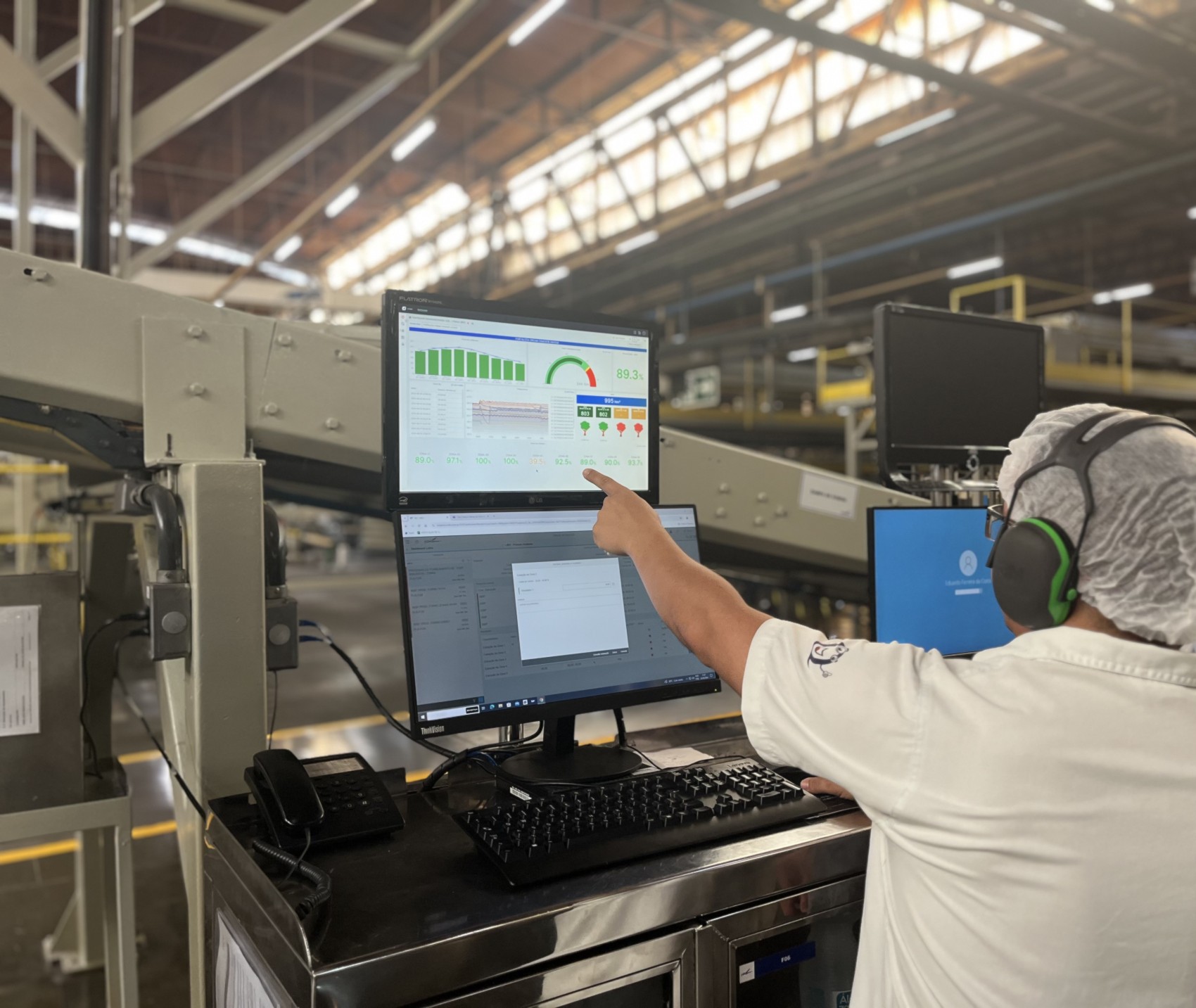Data Science and OEE: the key to Reliable Efficiency
The OEE (Overall Equipment Effectiveness) is used in industry to measure equipment efficiency, by comparing its production capacity with the total delivered. It was first introduced in 1960 by Seiichi Nakajima as part of the Toyota production system. The calculus is related to three points:
- Availability: it represents the amount of working time of each equipment, compared to the scheduled time of operation;
- Quality: This indicator measures whether the products produced are within the parameters established by the industry;
- Performance: it evaluates the production streamline, based on data regarding production speed of a given item;
As a best practice, industries seek to achieve OEE values of over 85%. In addition, OEE calculation is part of the TPM (Total Productive Maintenance) system, which seeks to identify areas of improvement in the production process. This method extends beyond the factory floor and can be applied in management and administrative sectors.
Data science plays a crucial role in increasing OEE in industry. For example, it enables the implementation of predictive maintenance. By doing so, the maintenance team can schedule repairs and replacements in advance, reducing equipment downtime.
This case is about how a large multinational in the beverage sector used the ST-One Solution™ to analyze machine downtime. With reliable data collection, the factory was able to rethink its optimization strategies. Learn more about us.

Copyright: ST-One
